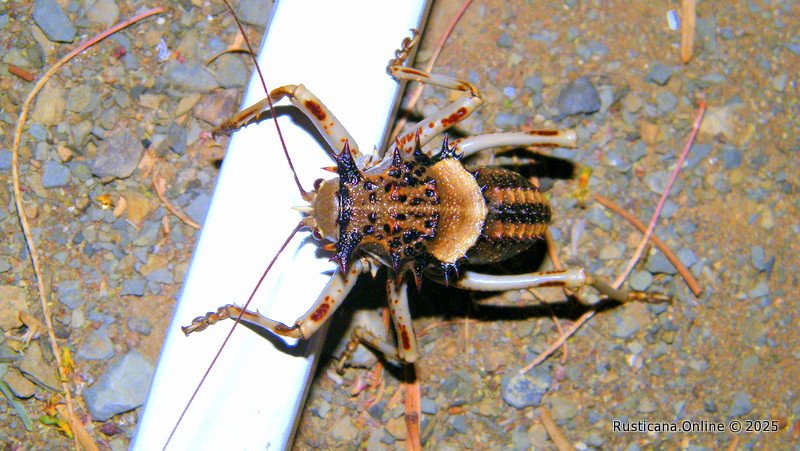The Endemic Flora and Fauna of Brandvlei
Brandvlei's unique semi-desert environment presents a fascinating study in adaptation, shaping the flora and fauna found within its bounds. The region's limited rainfall, specific soil composition, and geographical location contribute to a subdued yet resilient botanical landscape. The predominant vegetation consists of dense, brush-like growth, often reaching up to a meter in height. This hardy shrubbery is likely a form of fynbos, a type of vegetation endemic to the Western Cape region of South Africa, demonstrating remarkable resilience in challenging conditions. Amidst this native scrub, the prickly pear cactus (genus Opuntia) thrives, its drought-resistant nature allowing it to proliferate across the landscape, including on private properties within Brandvlei.
The fauna of Brandvlei, while perhaps not immediately apparent in its vastness, reveals a surprising diversity upon closer inspection. Observations on local properties have confirmed the presence of various species well-suited to this arid environment. Notable reptiles include sizeable spiny geckos (approximately 150mm in length) and a variety of lizards. The insect population is robust, with numerous species of large beetles, dragonflies, and ants contributing to the ecosystem's intricate web. A particularly intriguing local insect, identified by residents as a "haarskeerder" (a local Afrikaans term, literally meaning "hair cutter," often referring to a solifuge or sun spider), highlights the unique regional nomenclature for its inhabitants. Beyond the more terrestrial creatures, bats are frequently observed, playing a vital role in insect control. Brandvlei is also gaining recognition for its rich avian diversity, attracting the attention of both national and international ornithologists and bird enthusiasts. The presence of a wide array of bird species underscores the ecological significance of the area, providing crucial habitats for both resident and migratory populations.
Adding a touch of rustic charm to the Brandvlei landscape are the occasional sightings of horses trotting through the town. These equids, whether wild or domesticated, add to the distinctive character of the area, embodying the untamed spirit that still permeates this semi-desert expanse.









